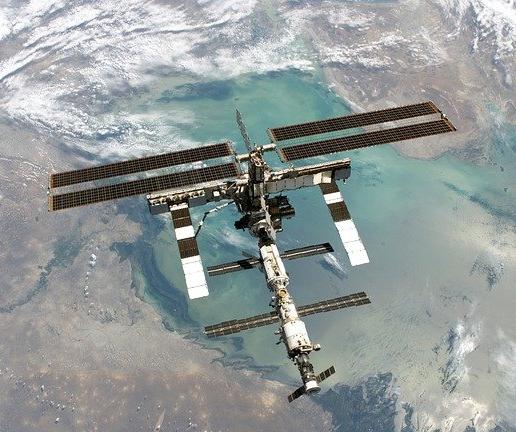You may not have heard of Point Nemo, and you've almost certainly never been there, but if you've ever wanted to get off the grid, you'd be hard-pressed to find a more remote location.
This area in the Pacific Ocean is so far away from civilization that when astronauts aboard the International Space Shuttle pass overhead, they are its closest neighbors. At a distance of only 258 miles (416 km), they are many times closer than the nearest inhabited landmass, which lies 1,670 miles (2,700 km) away.
Appropriately, Point Nemo got its name from Jules Verne's famous character, Captain Nemo, and the name in Latin means "no one."
The location is basically the middle of the ocean, and it was identified in 1992 by Hrvoje Lukatela, a survey engineer who determined the specific site using specialized software. According to Lukatela, Point Nemo lies more than 1,000 miles (1,600 km) north of Maher Island (near Antarctica), 1,000 miles south of Ducie Island in the Pitcairn Islands, and 1,000 miles southwest of Easter Island's Moto Nui.
"The location of three equilateral points is quite unique, and there are no other points on the Earth's surface that could conceivably replace any one of those," he said.
Faraway places:
- Around 60 people call Alert, Canada, home. The world's northernmost permanently inhabited settlement lies just 508 miles (817 km) from the North Pole.
- The most remote inhabited place on Earth is Tristan da Cunha in the South Atlantic Ocean; 1,750 miles (2,816 km) from South Africa, it can take three weeks to reach it by boat.
- The Changtang, on the Tibetan Plateau, rests some 4 miles (6.4 km) above sea level, earning it the nickname "The Roof of the World."

